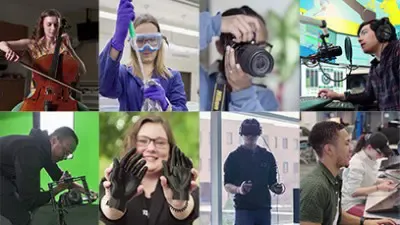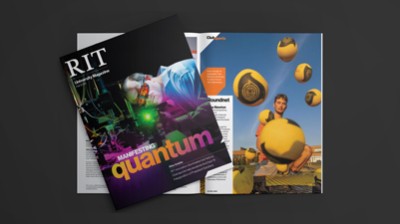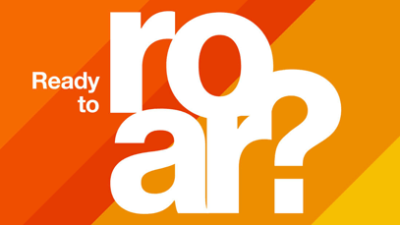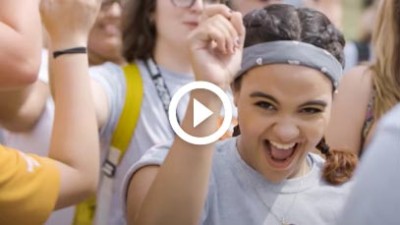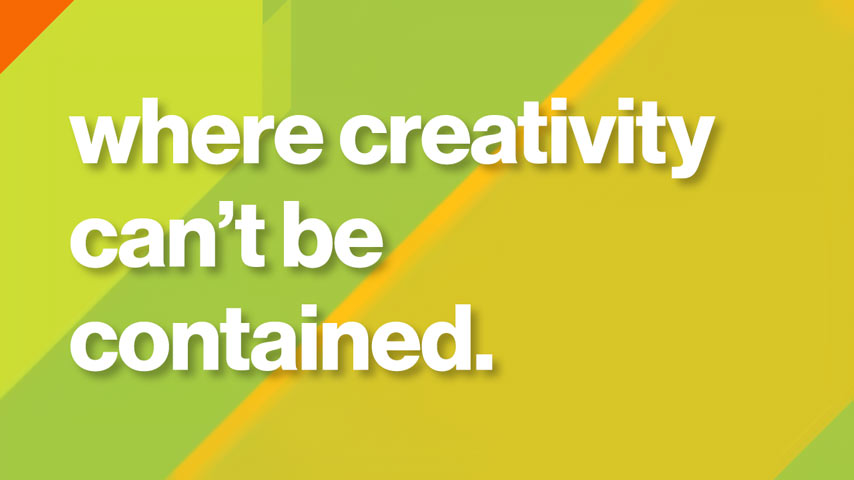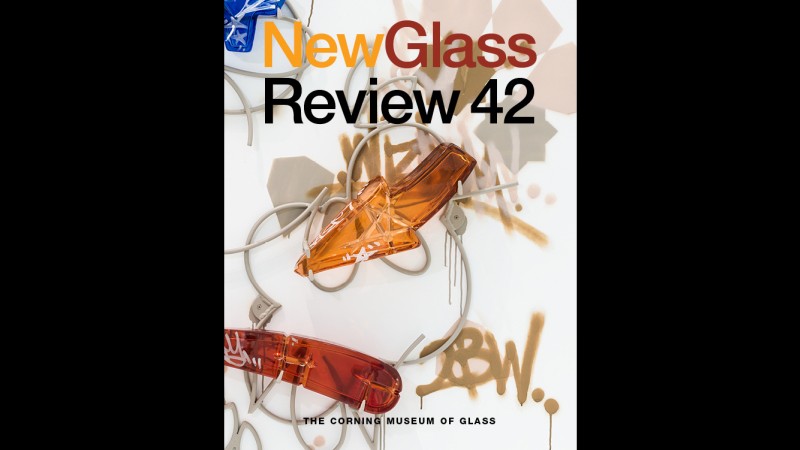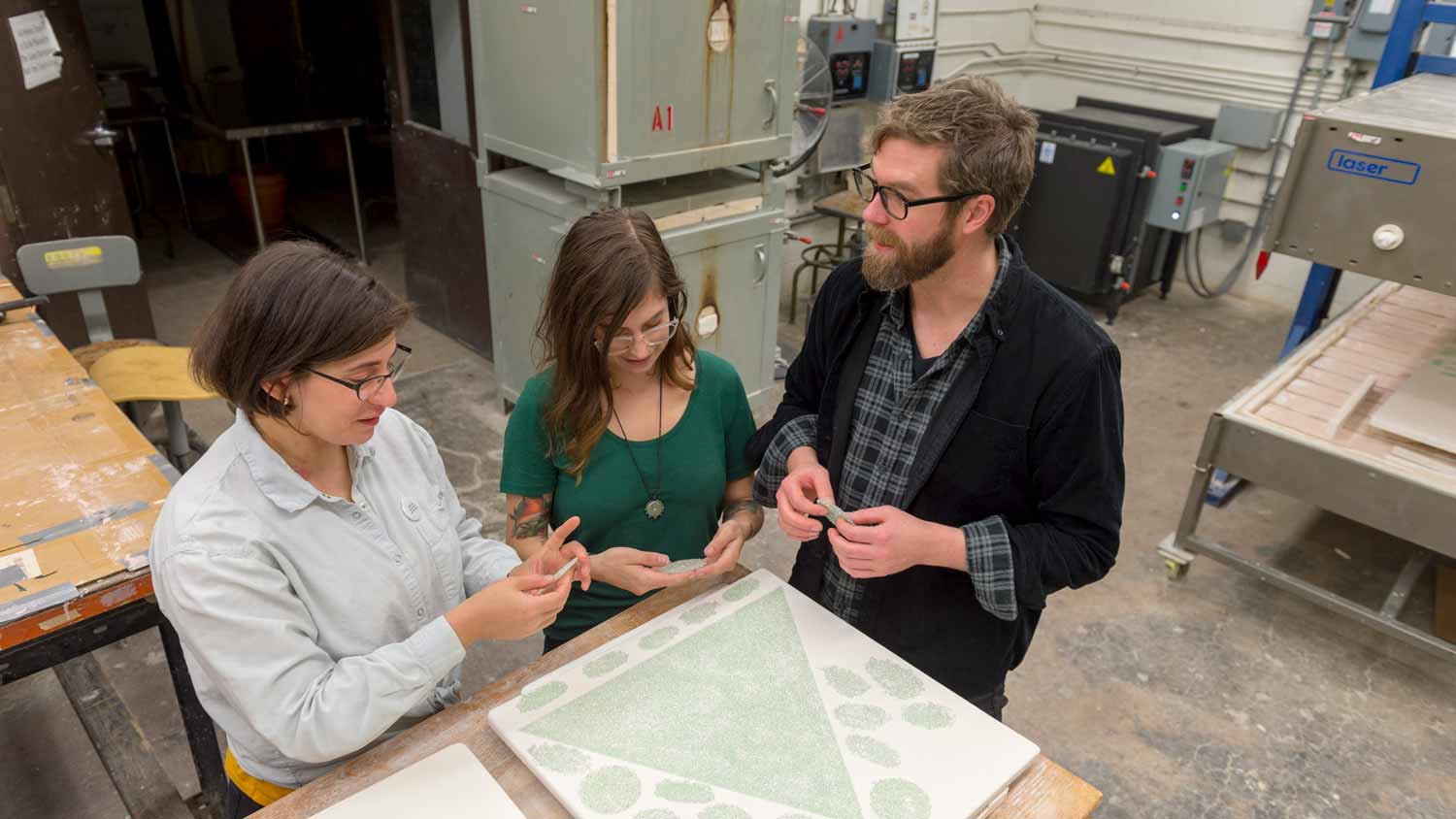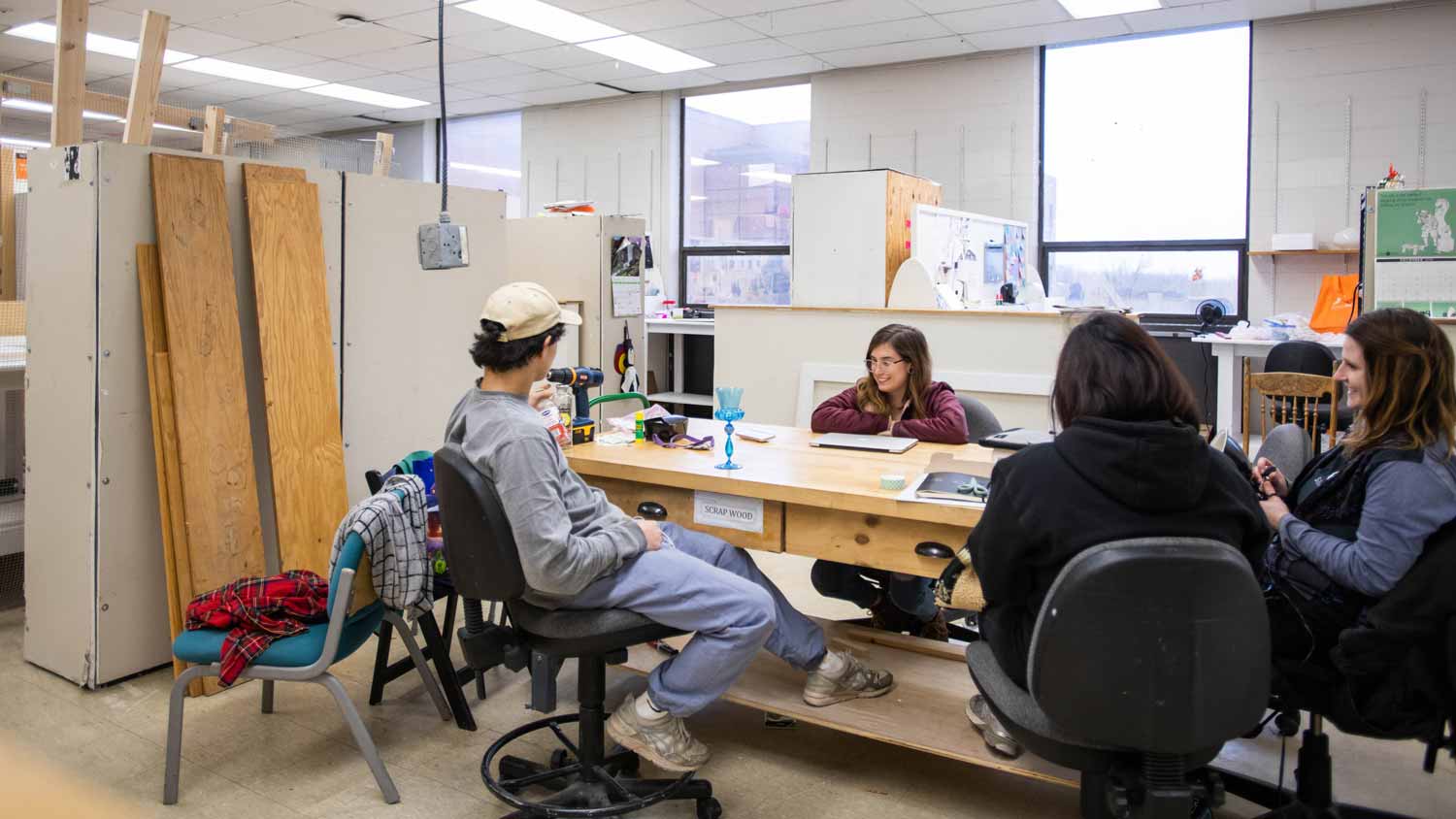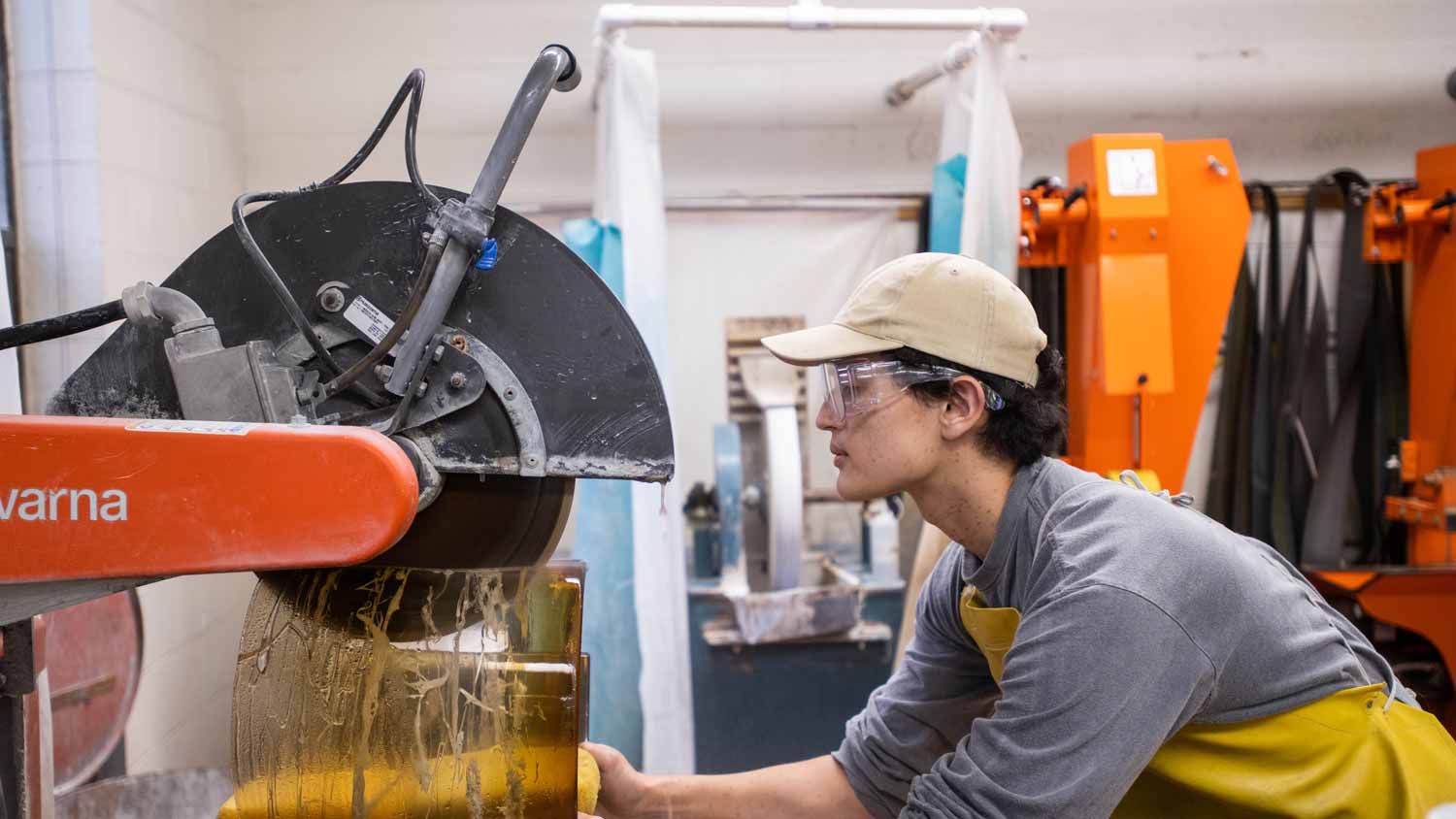Glass Option - Studio Arts BFA
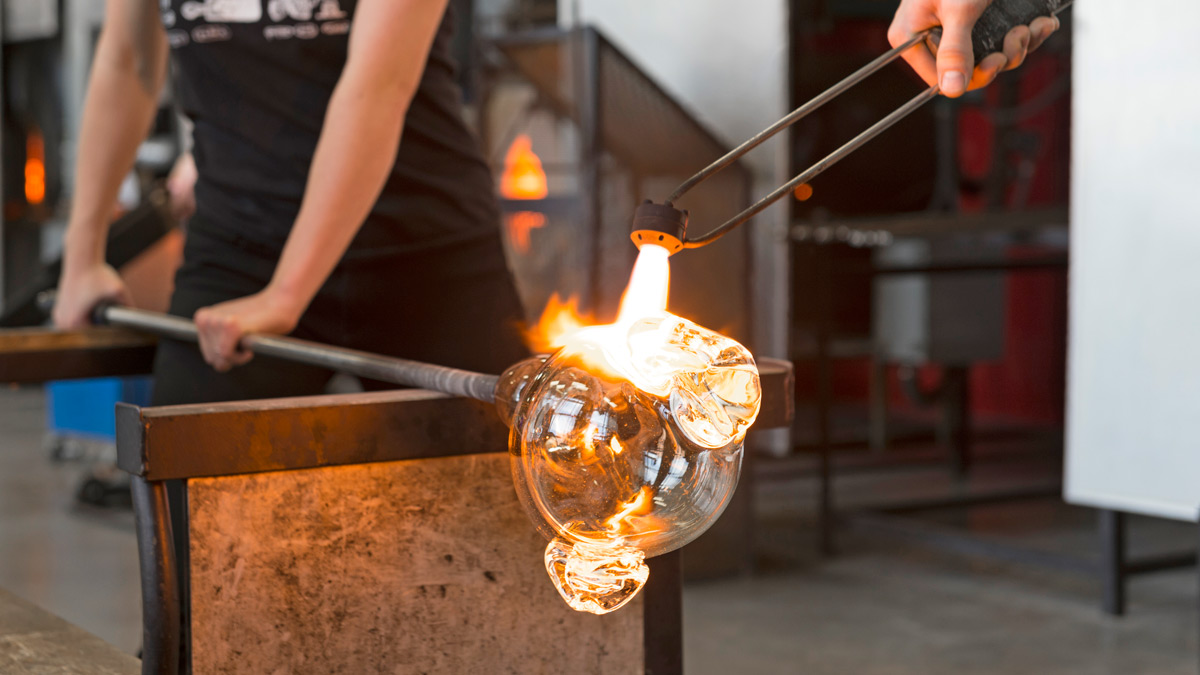
Glass Option
Studio Arts BFA
- RIT /
- Rochester Institute of Technology /
- Academics /
- Glass Option - Studio Arts BFA
Expand your interest with a glassblowing degree emphasizing research, idea development, and material exploration to ensure professional success.
Overview for Glass Option - Studio Arts BFA
Why Study Glass Studio Arts at RIT
College Preparation Workshops: High school juniors and seniors can participate in the two-week School of Art's annual Pre-College Portfolio Preparation Workshop.
Exhibit your Work: During senior year, your final body of work will be featured in a gallery.
This BFA glass degree cultivates artists who are as versatile in their making as they are in their thinking. This option is part of the studio arts BFA program.
RIT’s Studio Arts BFA- Glass Option
RIT’s glassblowing major offers a rigorous and diversified curriculum that cultivates artists with diversified and informed creative potential with glass in:
- Glassblowing
- Flame-working
- Hot and kiln casting
- Cold-working
- Kiln-forming
- Glass imaging processes
- Three-dimensional digital technologies
Students are equipped with the skills needed to succeed as professionals with an emphasis placed on:
- Research
- Idea development
- Material exploration
- Execution
- Presentation
Studio Residency Program
The glass option also offers a Glass Studio Residency Program for artists interested in pursuing glass-related research at RIT.
-
Join Us for Accepted Student Open House
Visit campus on March 28 or April 11 to meet faculty, tour campus, and ask your questions.
-
Apply for Fall 2026
First-year students can apply for Early Decision II by Jan. 1 to get an admissions and financial aid assessment by mid-January.
Careers and Experiential Learning
Typical Job Titles
| Artistic Director | Creative Director | Independent Artist |
| Small Business Owner/Operator | Professional Artist Assistant | Professional Designer |
| Professional Gaffer | Professional Fabricator | Freelance Artist Assistant |
| Freelance Designer | Freelance Fabricator | Freelance Gaffer |
| Gallery Director | Gallery Preparator | Exhibition Curator |
| Studio Technician | Studio Technician Assistant | Professional Hot Shop Employee |
| Professional Kiln Studio Employee | Professional Cold Working Employee | Education Director |
| Glass Education: High School Teaching | Glass Education: Undergraduate/Graduate Teaching | Glass Education: Public Access Studio Teaching |
| Glass Education: Public Demonstration/Narration for Museums, Art Centers, Education Centers | Glass Education: Material Study Workshop Teaching | Glass Education: Registrar/Administration |
| Glass Industry: Architecture | Glass Industry: Scientific Instrumentation | Glass Industry: Equipment/Tool Manufacturing |
Industries
-
Performing and Fine Arts
-
Higher Education
-
Design
-
Museum
Cooperative Education and Internships
What’s different about an RIT education? It’s the career experience you gain by completing cooperative education and internships with top companies in every single industry. You’ll earn more than a degree. You’ll gain real-world career experience that sets you apart.
Co-ops and internships take your knowledge and turn it into know-how. Your art and design co-ops will provide hands-on experience that enables you to apply your artistic capabilities in dynamic professional settings while you make valuable connections between classwork and real-world applications.
Students in the glass option are strongly encouraged to complete a cooperative education or internship experience.
Creative Industry Days
Connect with Design Industry Leaders
RIT’s Office of Career Services and Cooperative Education hosts Creative Industry Days, which connects students majoring in art, design, film and animation, photography, and select computing majors with companies, organizations, creative agencies, design firms, and more. Creative Industry Days are a series of events that allow you to network with company representatives and interview directly for open co-op and full-time employment positions.
Featured Work and Profiles
-
Visiting Artist: Corey Pemberton
Corey Pemberton spent three days embedded in the RIT College of Art and Design's creative community in February 2025, leading an artist talk, studio visits with MFA candidates, glassblowing demos, and...
Read More about Visiting Artist: Corey Pemberton -
Molten Glass 3D Printer
RIT's glass program hosted the artist/designer/engineer team behind Evenline as artists in residence for the spring 2023 semester. The innovative company stationed its only-one-of-its-kind molten...
Read More about Molten Glass 3D Printer -
Faculty featured in 'New Glass Review'
David Schnuckel, Suzanne Peck RIT glass faculty Suzanne Peck and David Schnuckel were both selected for the 42nd issue of New Glass Review, the Corning Museum of Glass’ flagship publication showcasing 100 timely, innovative glass...
Read More about Faculty featured in 'New Glass Review' -
Rewriting the language of glass art
Suzanne Peck Suzanne Peck, lecturer of glass, was featured in "New Glass Now," a group exhibition organized by the Corning Museum of Glass that features innovative works by artists and collectives around...
Read More about Rewriting the language of glass art -
Pre-College Portfolio Prep Workshop
RIT's annual Pre-College Portfolio Preparation Workshop offers students an engaging and rewarding experience. The course, taught by our School of Art's drawing and painting faculty, is a visual arts...
Read More about Pre-College Portfolio Prep Workshop -
School of Art Reel
No matter your medium, a world of possibility awaits in RIT's School of Art.
Read More about School of Art Reel
Admissions and Financial Aid
This option is part of the Studio Arts BFA. Please visit the degree program page for admission requirements.
Financial Aid and Scholarships
100% of all incoming first-year and transfer students receive aid.
RIT’s personalized and comprehensive financial aid program includes scholarships, grants, loans, and campus employment programs. When all these are put to work, your actual cost may be much lower than the published estimated cost of attendance.
Learn more about financial aid and scholarships
Related News
-
September 24, 2025
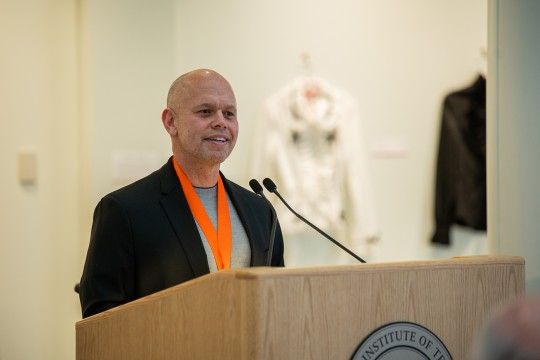
New School of Film and Animation director, faculty roles for 2025-26
Ricky Figueora taking over as the new director of RIT's School of Film and Animation headlines exciting promotions and additions to the College of Art and Design faculty.
-
August 7, 2025
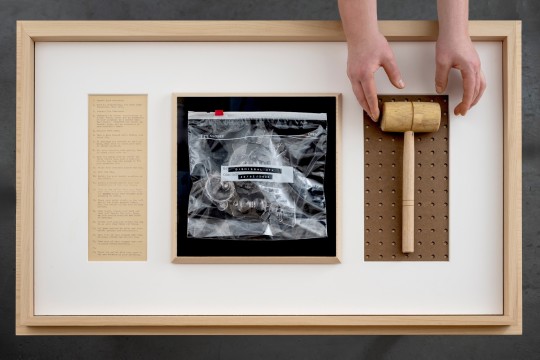
A month of making sets stage for faculty's solo exhibition
A New Year's Resolution turned into a staunch commitment to research for Associate Professor David Schnuckel, whose solo exhibition "redundancies" is on view at the Museum of American Glass through Dec. 28.
-
June 3, 2024

Recent glass graduate continues RIT trend of Windgate-Lamar Fellowship recipients
Spider Martins ’24 (studio arts BFA - glass option) is a Windgate-Lamar Fellowship nominee for their work incorporating themes of personal identity and challenging the notion of what constitutes “high craft.”
Contact
School of Art
